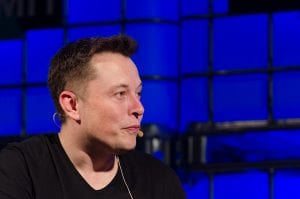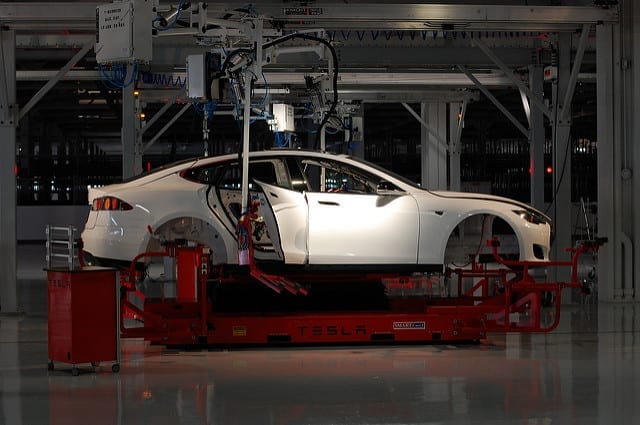The lawsuit claims the same Model X was brought in for repairs a half-dozen times in a single year–though many interfered with the vehicle’s functionality, Tesla refused to replace the car or refund its cost.
A Maryland attorney has filed a lawsuit against Tesla, claiming his 2017 Model X 75D was seriously defective.
The Baltimore Sun reports that the suit was filed by Scott Breza, principal of Hofmeister and Breza’s Community Home Group. Breza, who sued Tesla in early December, alleges that his Model X had, among other problems, faulty autopilot sensors which caused the vehicle to violently swerve around non-existent objects and obstacles.
“I have had multiple occurrences with the enhanced autopilot malfunctioning whereby the vehicle suddenly veered off the road,” Breza wrote in a September 2018 letter to Tesla, included as a complement to the legal complaint. “I have had issues with the proximity sensors repeatedly warning me of a potential collision when there is nothing in proximity to the vehicle.”
Breza’s suit also lists a series of other equipment complaints. They include defective electronics, bad doors and strange “popping” and “rattling noises.”
These defects, charges the lawsuit, “substantially impair the value of the vehicle and have not been corrected by Tesla in a reasonable number of attempts during the warranty period.”

In fact, Breza says turned his Model X over to Tesla for repairs six times between 2017 and 2018—on one occasion, Tesla kept the car for nearly three months.
“On more than one occasion, as a result of the [falcon-wing door] failures, the vehicle had to be towed to the repair facility,” the suit says.
Breza says that, even after explaining the situation, Tesla refused to provide a refund or replacement vehicle. His lawsuit seeks recompense for the cost of the Model X, attorney’s fees and $1 million in additional damages.
The National Interest notes that Breza’s suit follows a National Transportation Safety Board (NTSB) report on Tesla. The report showed the company’s famous autopilot system may have inbuilt problems.
The report, adds the National Interest, was commissioned to determine why, in 2018, a Model X in California suddenly and inexplicably accelerated into a road barrier, sparking a fire that killed its driver.
Ryan Eustace, a University of Michigan engineering professor, told the Detroit Free Press that such incidents should remind motorists not to put their full faith and trust in autopilot systems.
“The expectation of Tesla is that the driver is alert and vigilant, ready to take over at a moment’s notice,” Eustace said, suggesting that bored motorists often feel inclined to let the system take over.
Tesla founder Elon Musk recently announced that the company will no longer accept orders for the Model X 75D. However, Musk’s motivation seems to be performance-oriented: the manufacturer is hoping to redirect its attention toward “long-range” and “performance” vehicles, rather than “battery [sized]” cars.
Sources
Tesla Autopilot death highlights autonomous risks
Tesla Car Went Haywire, Swerved Around Nonexistent Objects, $1 Million Lawsuit Says


Join the conversation!